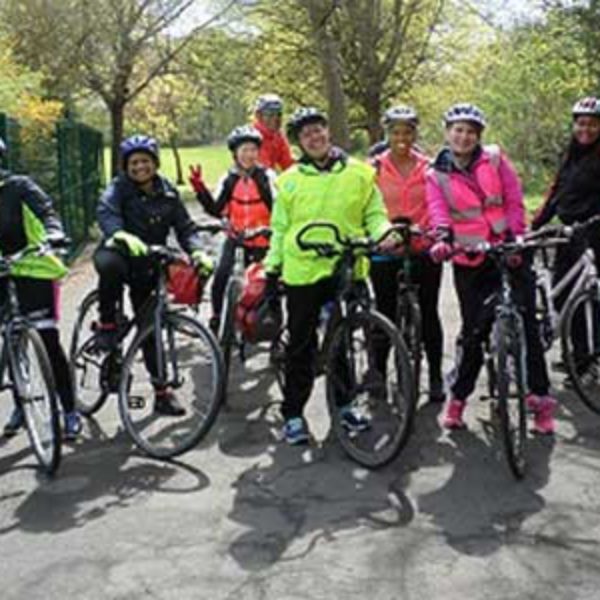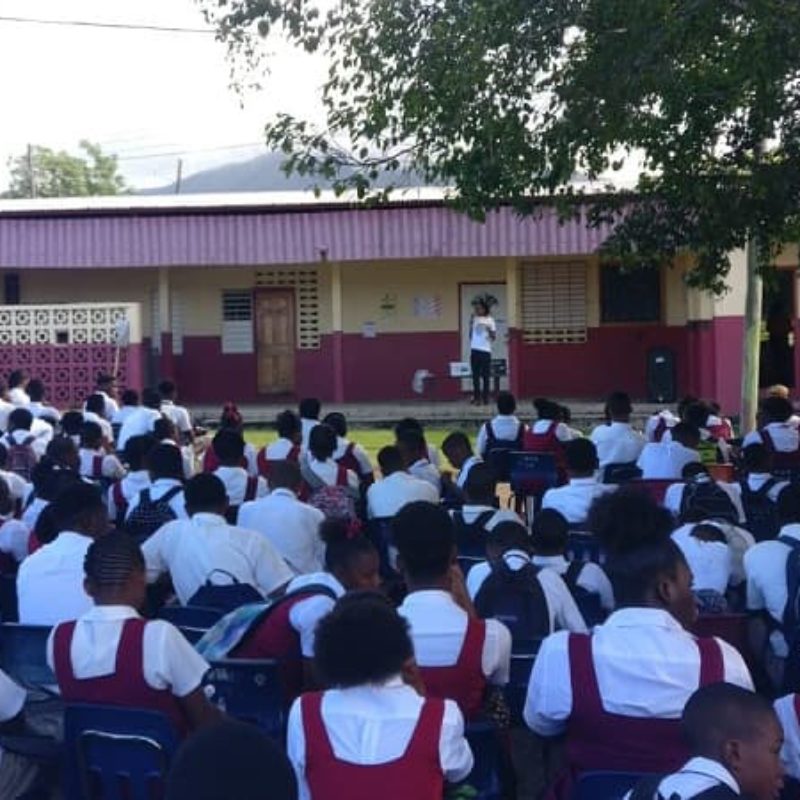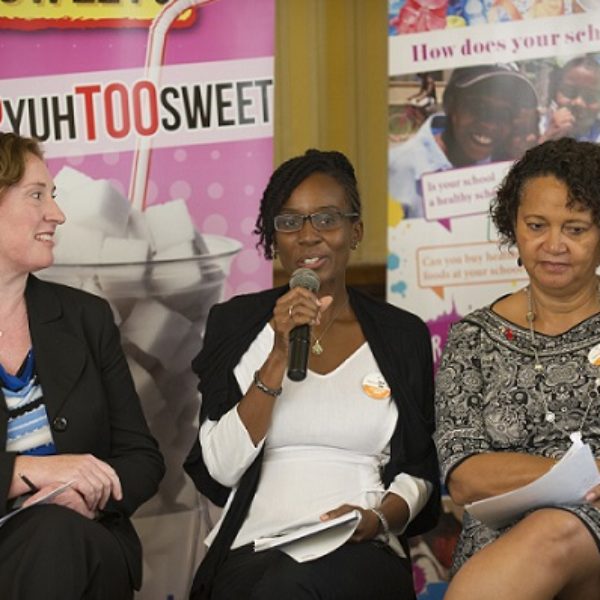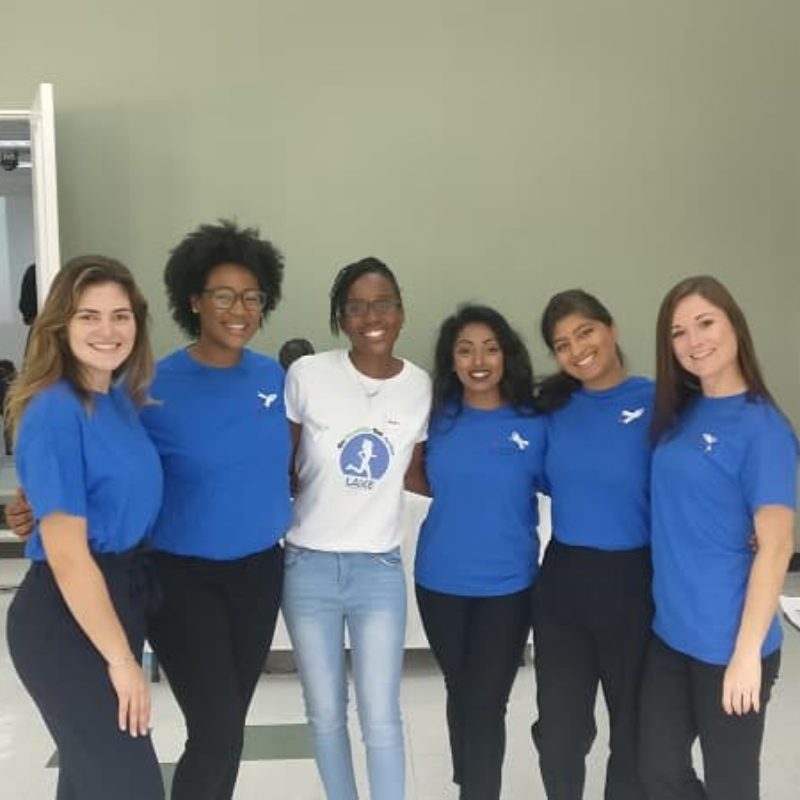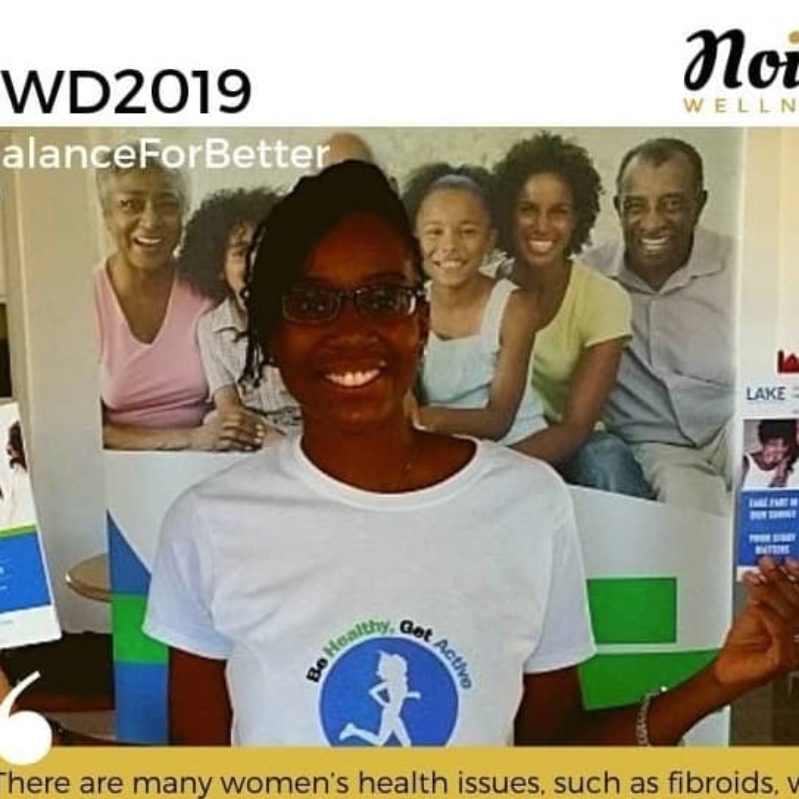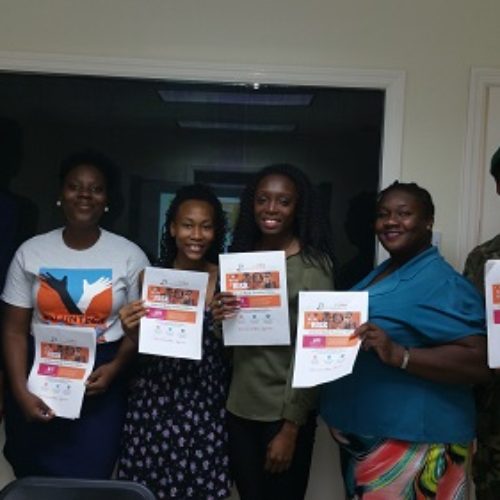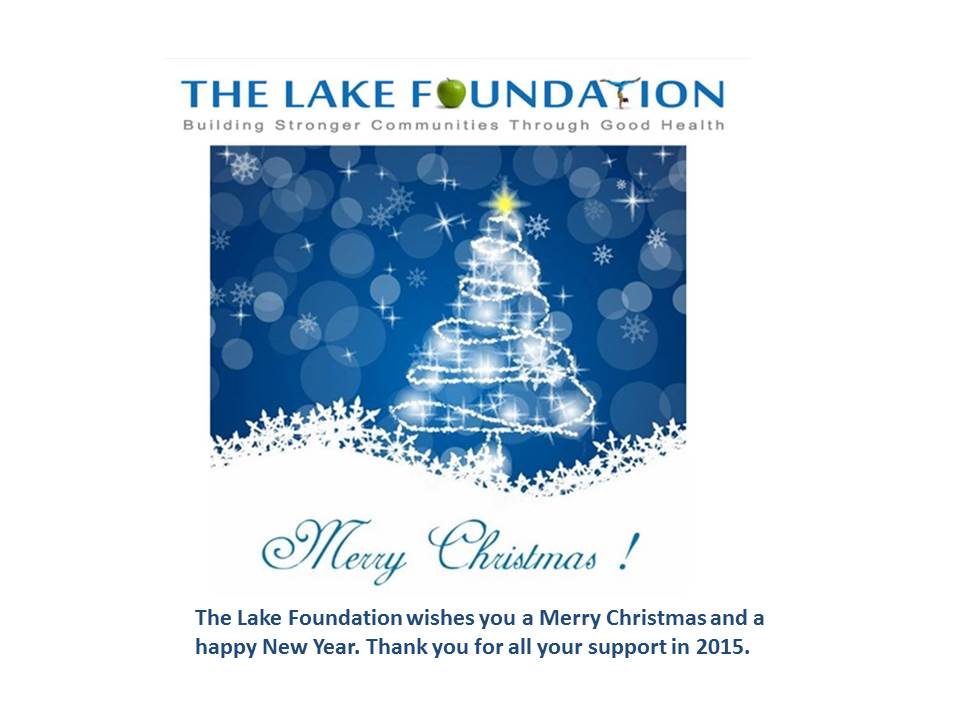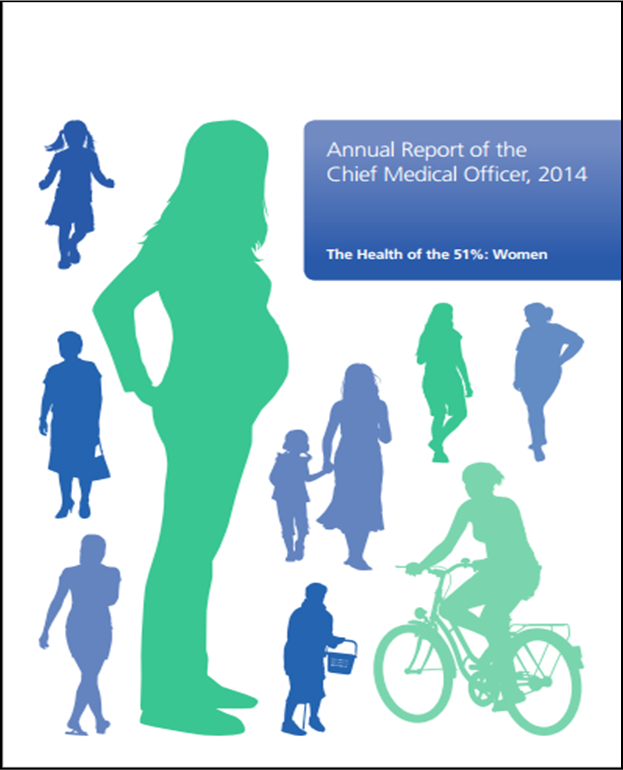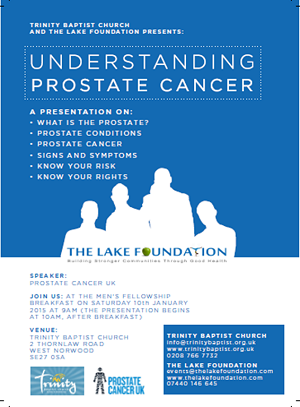New Year and Half-Measures
Have you heard of the expression: ‘don’t do things by halves’? It normally means that people shouldn’t do things without putting maximum effort into it. So for example – if you are doing an exam you may wake up in the early hours of the day to study and revise. If you have an interview – you read up about the role and company until the point of saturation. If you’re going out for a New Year celebration, you may select your outfit and venue (and maybe even hairstyle!) well in advance. But for me, doing things ‘by halves’ can take on a different meaning. It can mean achieving your goal ‘piece by piece’ i.e. piecemeal. So instead of exhausting yourself to achieve a goal, you could achieve it by breaking it down into manageable chunks or ‘half- measures’
So what has this got to do with the New Year?
Well, every year millions of people make a pledge to be healthier and fitter. But six months down the line – the pledges are largely forgotten and definitely not achieved. Perhaps if we make small changes or ‘half-measures’ our goals would be easier to achieve.
So how can we break down key health and fitness activities into manageable chunks?
1. Eating more fruit and vegetables
 This is a common goal for most people. You don’t have to consume large plates of vegetables or fruits in one go. Vegetables can easily complement many meals. Why not add some slices of fresh cucumber to your already prepared jollof rice? Or add scoops of avocado or finely chopped mushrooms to your rice and peas?
This is a common goal for most people. You don’t have to consume large plates of vegetables or fruits in one go. Vegetables can easily complement many meals. Why not add some slices of fresh cucumber to your already prepared jollof rice? Or add scoops of avocado or finely chopped mushrooms to your rice and peas?
2. Increasing exercise
Do you find gym membership too expensive? Is it too cold to go for walks outside? Jogging on the spot at home whilst watching your favourite soap for just 30 minutes could burn at least 100 calories! You could start off by jogging through one programme and then slowly build up to two. Do you love exercising to music? Why not find some old school Rnb tunes on YouTube, switch it on and dance while you are doing the dishes?
3. Reduce fried food intake
Fried food isn’t great for many reasons including the fact that it is high in calories because it absorbs the fat from the oil. But many people find fried chicken irresistible! If you are one of those then why not alternate between fried and grilled food to begin with? You could have fried chicken on one day then the next time you have chicken make it grilled or roasted. You could do the same thing with other meats.
4. Reduce alcohol intake
Did you overdo the Baileys or the rum punch at Christmas? Next time you’re out for the evening or even at home and you feel like a drink – why not pour yourself two drinks? One of the drinks could be your favourite tipple and the other could be a glass of water. You could alternate between the two drinks, sips from one then another. You would ultimately end up drinking less alcohol.
So hopefully you now have the gist of ‘doing things by halves’ to achieve your goals. What other ideas can you come up with?

